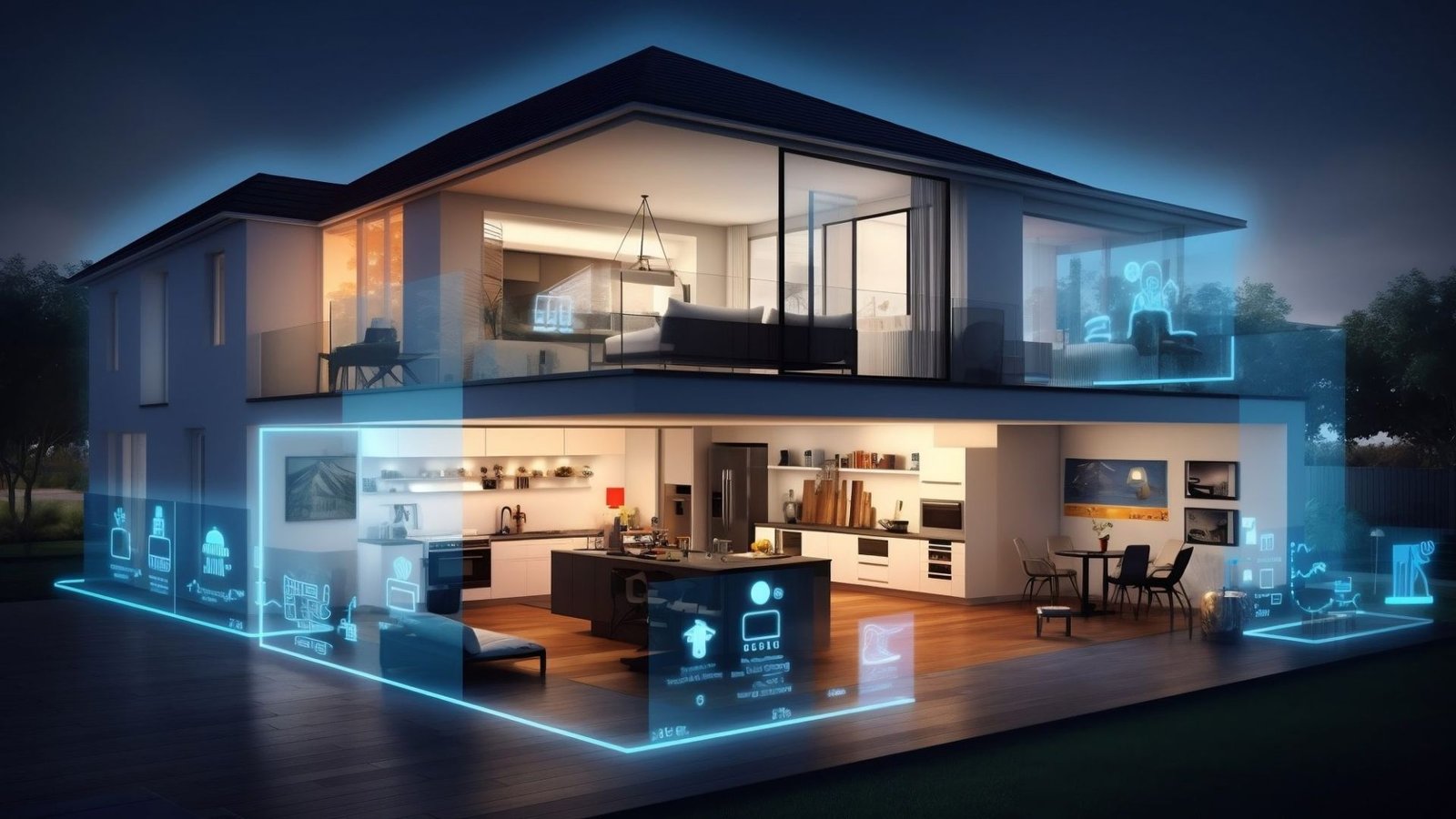Smart Home Technology: What’s New?
Smart home technology is continually evolving, offering new innovations that enhance convenience, security, and energy efficiency. As technology advances, smart home devices become more integrated and sophisticated, making everyday life more seamless and enjoyable. Here’s a look at the latest developments in smart home technology and what’s new in this exciting field.

1. Advanced Voice Assistants
Enhanced Voice Recognition: Voice assistants like Amazon Alexa, Google Assistant, and Apple Siri are becoming more advanced with improved voice recognition capabilities. They can understand natural language better, respond to more complex queries, and control a wider range of smart home devices.
Multi-Language Support: Modern voice assistants now offer multi-language support, making them more accessible to users around the world. This allows for seamless communication and control of smart home systems in different languages.
2. Improved Home Automation Systems
Integrated Home Hubs: New home automation systems feature integrated hubs that connect and control various smart devices from a single platform. This integration simplifies management and ensures that devices work harmoniously together.
Automated Routines: Smart home systems now offer advanced automation routines that can be customized based on daily schedules, activities, or even weather conditions. For example, lights can automatically adjust based on the time of day, and the thermostat can change settings when you leave or arrive home.
3. Enhanced Security Solutions
Smart Doorbells and Cameras: Smart doorbells and security cameras are becoming more advanced with features like high-definition video, facial recognition, and real-time notifications. These devices enhance home security by allowing homeowners to monitor their property from anywhere.
Integrated Security Systems: Modern security systems integrate with other smart home devices to provide comprehensive protection. For instance, smart locks can work with security cameras to grant access to visitors, and sensors can trigger alarms if unusual activity is detected.
4. Energy Efficiency Innovations
Smart Thermostats: Smart thermostats now offer more precise temperature control and energy-saving features. They can learn user preferences, adjust heating and cooling based on occupancy, and provide energy usage reports to help reduce utility bills.
Smart Lighting: New advancements in smart lighting include energy-efficient LED bulbs that can be controlled remotely, dimmed, or programmed to change color. These lights can also be integrated with motion sensors to optimize energy usage.
5. Advanced Home Entertainment Systems
Smart TVs and Streaming Devices: Smart TVs and streaming devices now offer enhanced features like voice control, personalized content recommendations, and integration with other smart home devices. This creates a more immersive and convenient entertainment experience.
Multi-Room Audio Systems: Multi-room audio systems allow users to play music throughout their home with synchronized speakers. These systems can be controlled via voice commands or smartphone apps, providing a seamless listening experience.
6. Innovative Kitchen Appliances
Smart Refrigerators: Smart refrigerators come with features such as touchscreens, internal cameras, and voice assistants. They can help with meal planning, track expiration dates, and even order groceries automatically.
Smart Ovens and Cooktops: New smart ovens and cooktops offer features like remote control, automatic cooking programs, and real-time monitoring.
7. Enhanced Connectivity and Integration
5G Connectivity: The rollout of 5G technology enhances the performance and reliability of smart home devices. With faster data speeds and lower latency, 5G enables seamless communication between devices and improved user experiences.
Cross-Platform Integration: Smart home technology now supports better cross-platform integration, allowing devices from different manufacturers to work together seamlessly. This interoperability enhances the overall functionality and convenience of smart home systems.
8. Eco-Friendly Solutions
Smart Irrigation Systems: Smart irrigation systems use weather data and soil moisture sensors to optimize watering schedules. This reduces water waste and helps maintain healthy lawns and gardens while conserving resources.
Energy Monitoring Devices: New energy monitoring devices provide real-time insights into energy usage and identify opportunities for savings. These devices can track the performance of various appliances and suggest ways to improve energy efficiency.
Conclusion
Smart home technology continues to advance, offering new and exciting features that enhance convenience, security, and energy efficiency. From improved voice assistants and home automation systems to advanced security solutions and eco-friendly innovations, the latest developments in smart home technology are making everyday life smarter and more enjoyable. Embracing these advancements can transform your home into a more connected, efficient, and comfortable living space.



